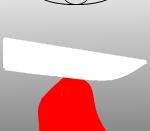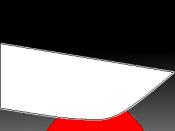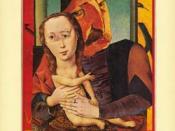There are two kinds of freedom: freedom to, and freedom from. Historically, women in the United States have fought philosophical battles in and out of the home to achieve "freedom to" and have been successful.
But what if society suddenly took away these freedoms? What if American women were suddenly returned to their cloistered state of old in which their only freedom was the freedom from the dangers of the surrounding world? Then again, did women ever truly achieve "freedom to" at all?
Such are the difficult-to-answer sociological questions raised in Margaret Atwood's novel The Handmaid's Tale. In this thought-provoking work, two societies with completely opposing ideologies and concepts of freedom are juxtaposed as an attempt to answer these same questions.
The first society is Modern America with its relatively liberal mores and customs, and the second is Gilead, a totalitarian Christian theocracy which takes control of America in the late 1980's in order to "save" it from its pollution and dwindling birthrate.
The novel's protagonist, Offred, uses two sets of images to document the history of these contrasting societies. She recounts to the reader with a startling poignancy and photographic clarity the images of her memories of her past life as an American woman, and those of her present life as a Handmaid, or uterine slave, to the Republic of Gilead.
Ironically, the images of Offred's life in Gilead, which are much more fantastical than Offred's past as a middle class American, are recounted in the present tense, giving them a more solid tone and seeming reality than is used to describe her past life.
The descriptive imagery used by Offred to describe her experience has a richness and directness which translates each scene so effectively that they take on an almost photographic quality to the reader. In...


